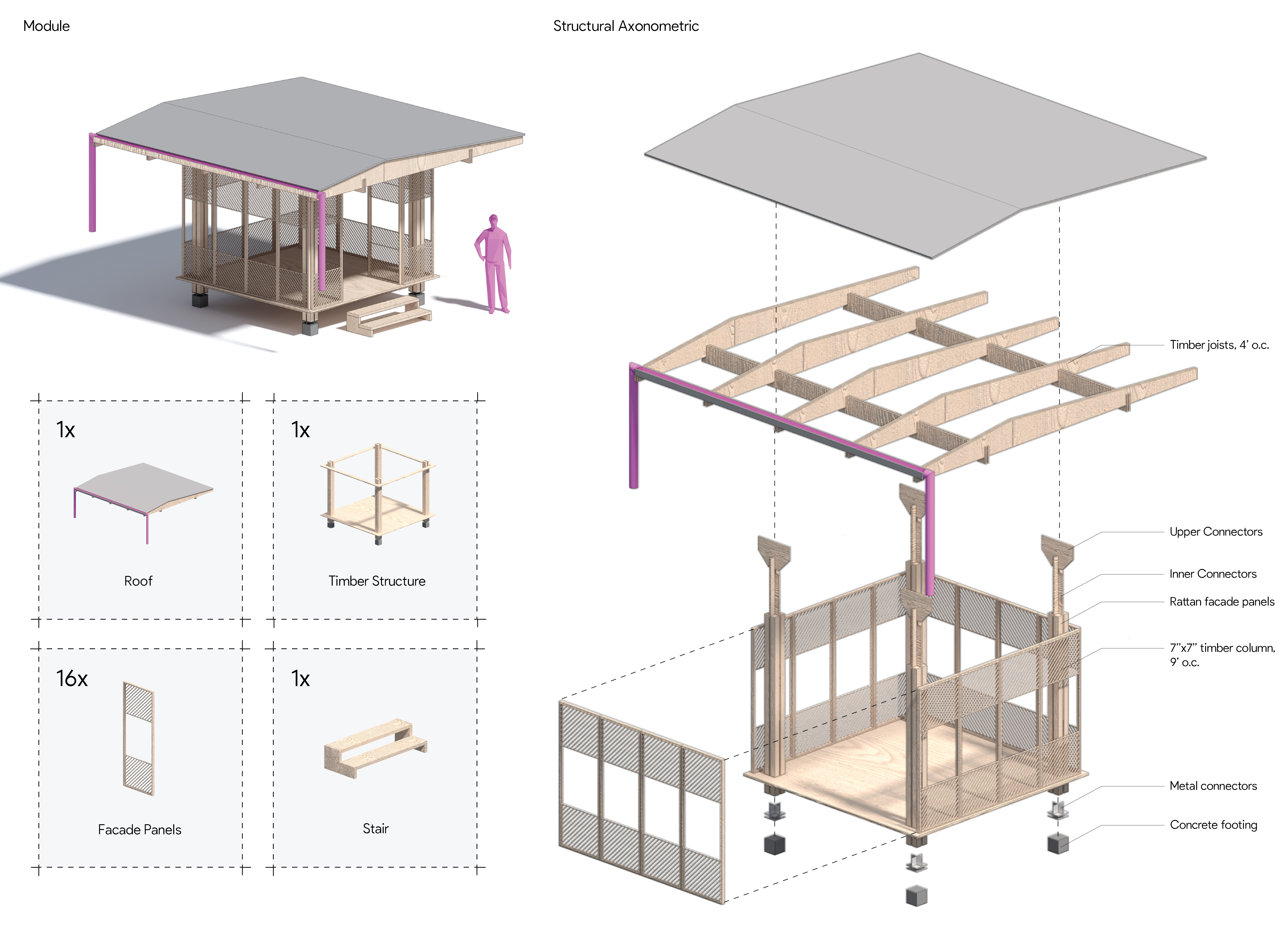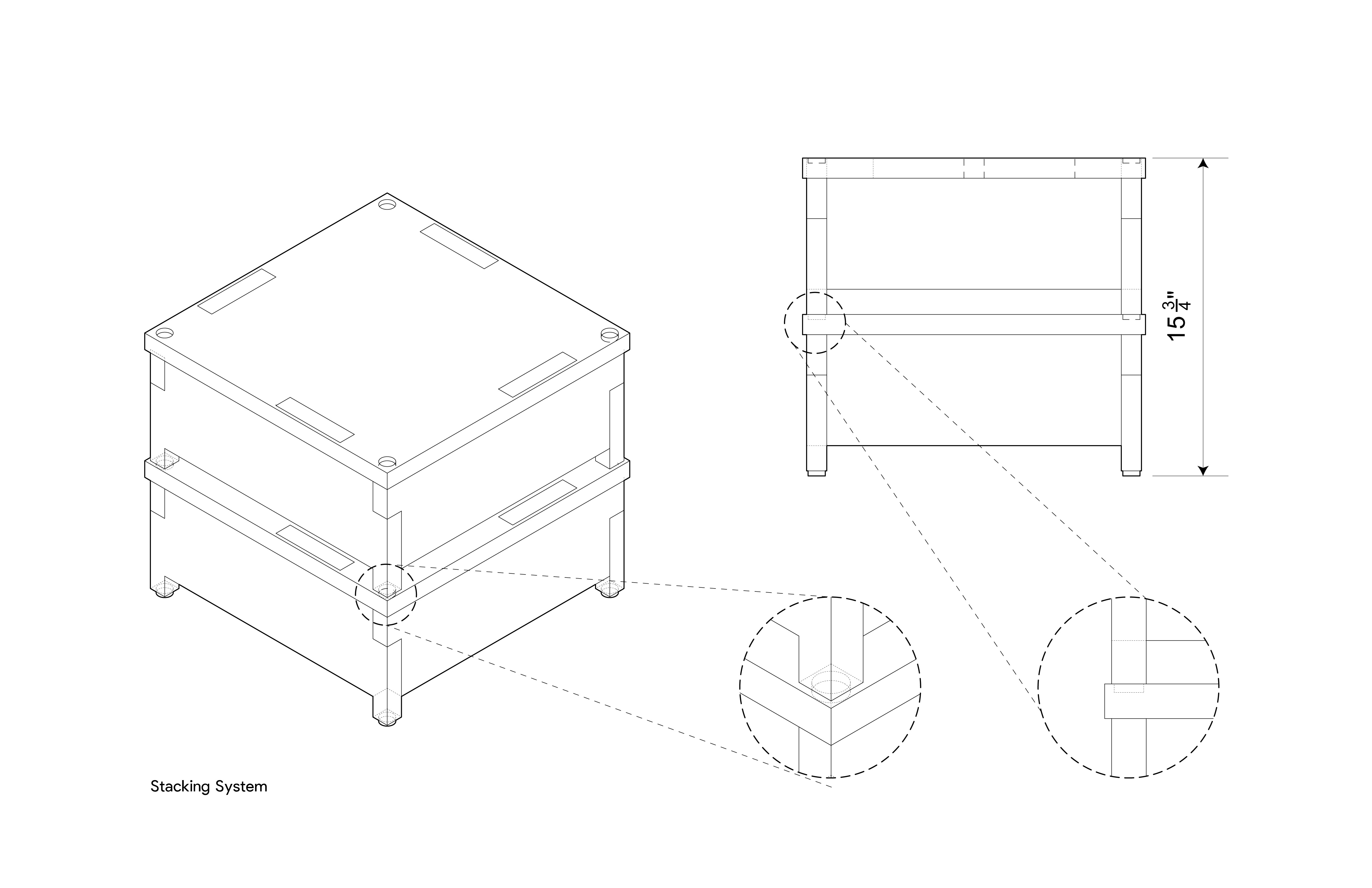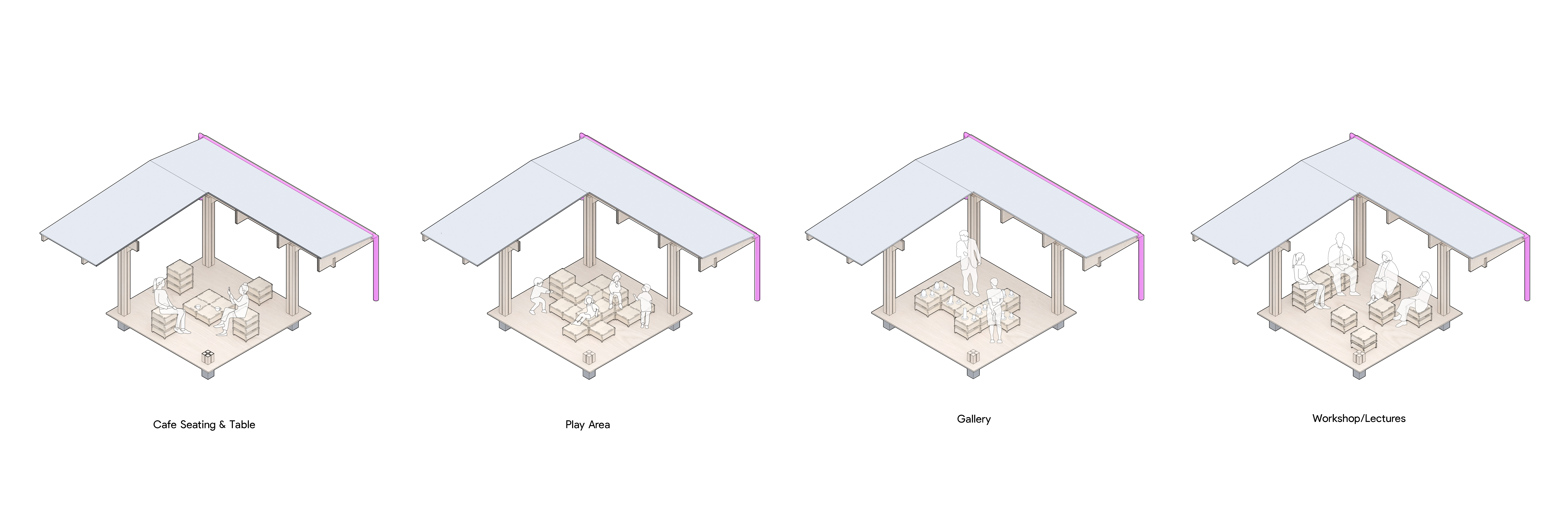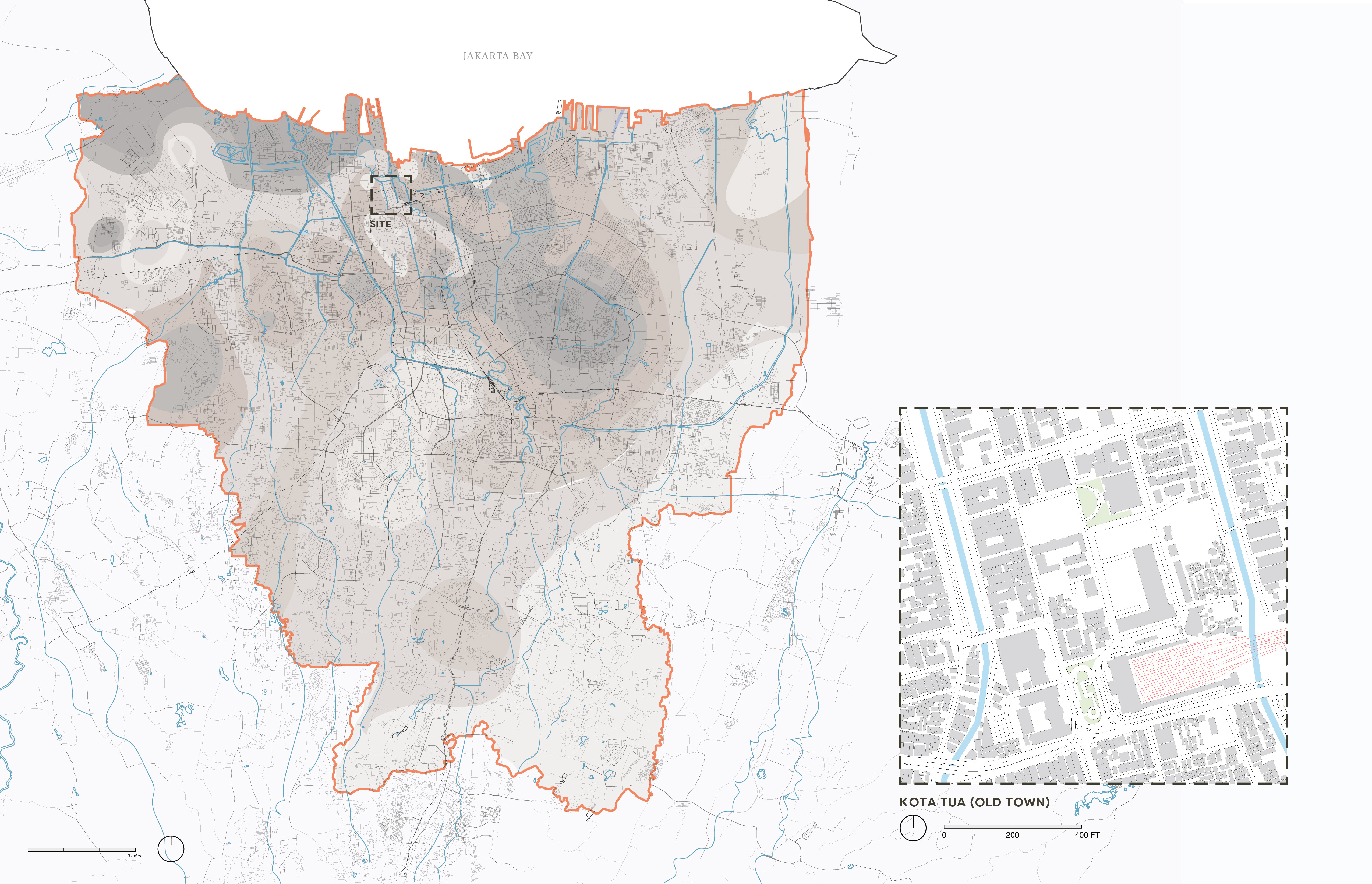
WaterHUB
USC Discovery Scholar Winner
(recognizes USC undergraduates who have excelled academically
while making a meaningful contribution to their field of study
through exceptional new scholarship or artistic work)
WaterHUB is a speculative architectural and infrastructural proposal to combat land subsidence in
the fastest sinking city of the world.
Typology:
Timeline: Fall 2021 | Confluent Ecologies
Location: Jakarta, Indonesia
Instructor: Lorcan O’Herlihy
Collaborators: None
Timeline: Fall 2021 | Confluent Ecologies
Location: Jakarta, Indonesia
Instructor: Lorcan O’Herlihy
Collaborators: None
Why is Jakarta Sinking?
Indonesia is located on the equator, which means that it has an equatorial climate characterized by high temperatures and high humidity throughout the year.
Despite Jakarta's equatorial climate and abundant rainfall, the city has long faced water issues due to poor water infrastructure. In recent years, the situation has worsened as a result of climate change, urbanization, and over-extraction of groundwater. Jakarta's water supply is unable to keep up with the demands of its rapidly growing population, forcing citizens’ over-reliance and over-extraction of groundwater, leading to the sinking of the city.
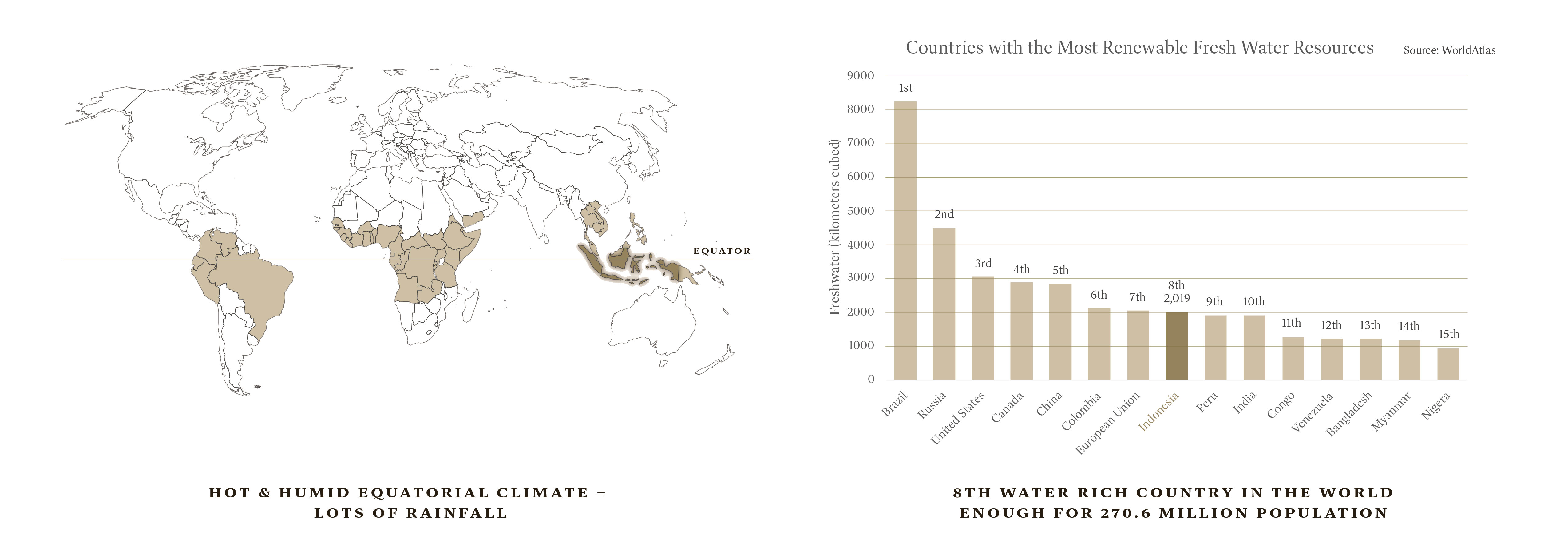


Kota Tua (Old Town): The Site
Kota Tua was selected as a prototype site for WaterHUB. To raise awareness and education on the effect of groundwater extraction on Jakarta’s land subsidence, a public site was needed.
Drawing tourists and Jakartans alike throughout the week, Kota Tua is one of the few truly public spaces available in Jakarta where citizens come for recreation and various seasonal events throughout the year. Recent public and private initiatives to revitalize Kota Tua through adaptive reuse of historic Dutch buildings also increase a renewed interest in the site.





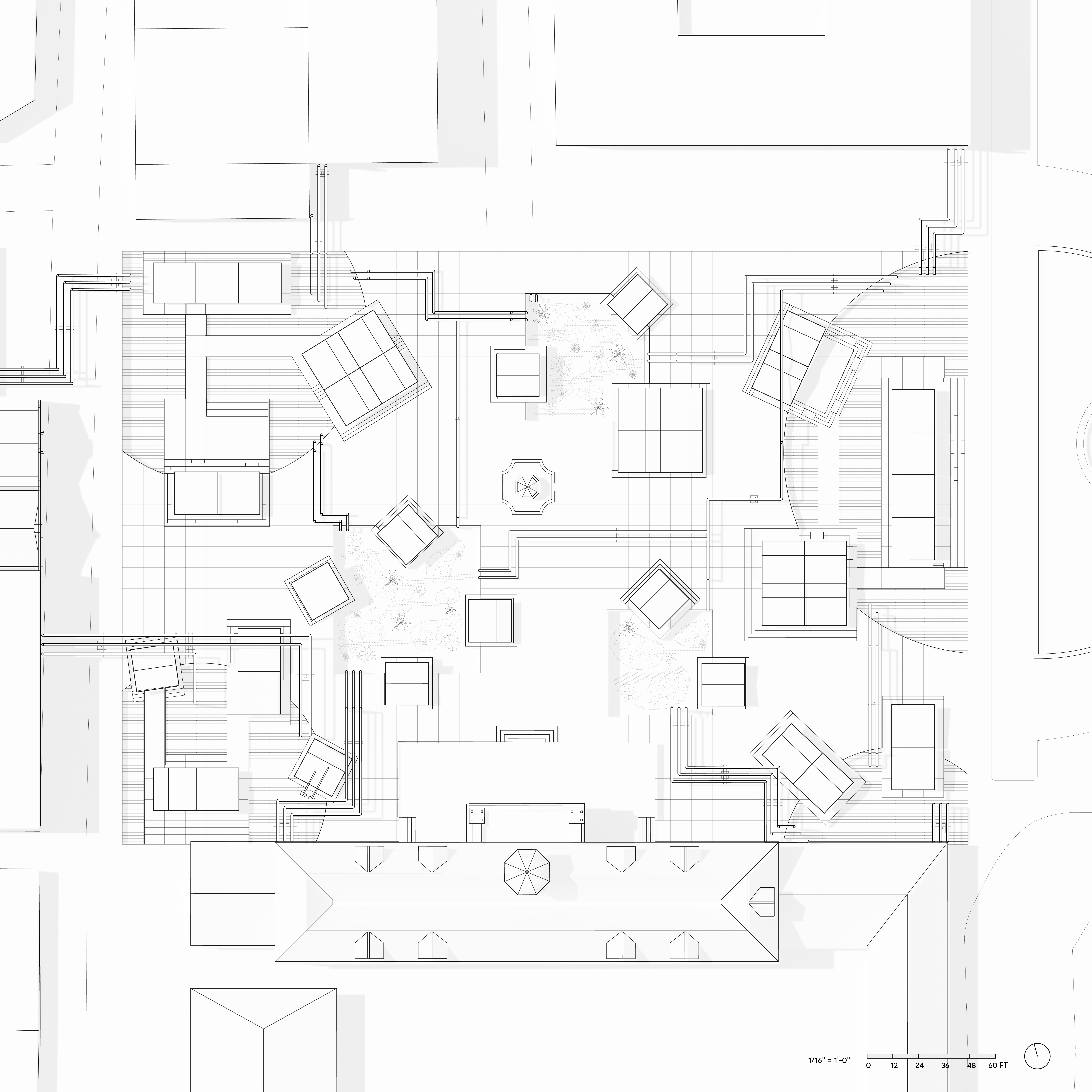


Sustainable Kit-of-Parts Architecture
The architectural interventions themselves are designed with locallysourcedwood developed with kit-of-parts construction, increasing efficiency in fabrication through easy-to-manufacture components, allowing duplicity throughout Jakarta over time. Flexible furniture is designed to accommodate a variety of public recreational activities
within the pavilions and can be easily disassembled according to use. Water basins are also used as opportunities to enhance activities within
the site.
